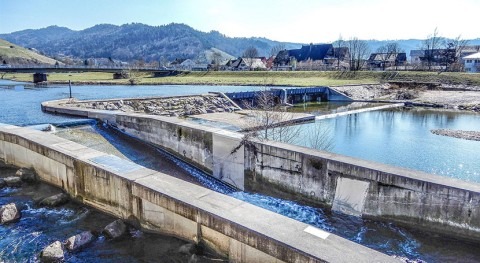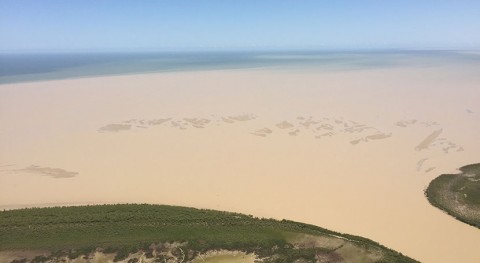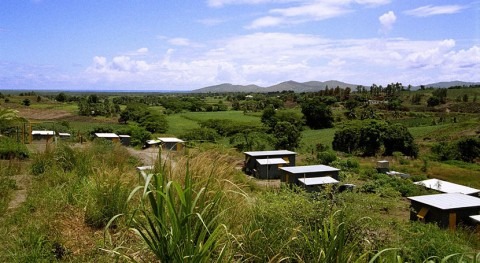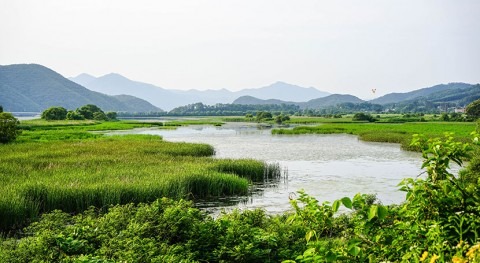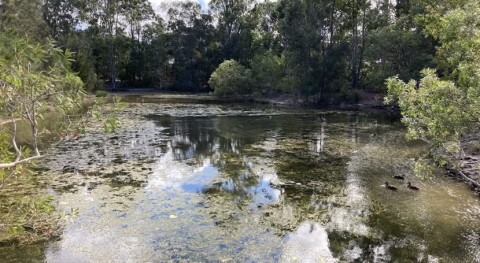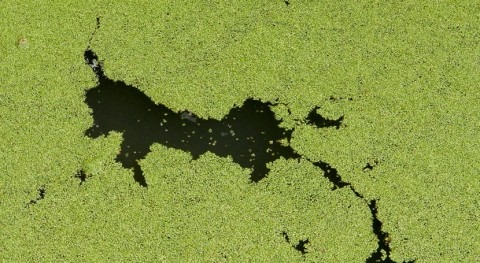A team of Griffith researchers used the 2011 Brisbane Floods to show the revegetation of riverbanks can reduce the sediment load entering drinking water supplies during large floods.
Published in Science of The Total Environment, the researcher’s analysis of 62 kilometres of the Brisbane River before and after the 2011 flood demonstrated that replanting trees can greatly reduce the amount of riverbank erosion, reducing soil run-off and the sediment flowing into the drinking water during floods and the resultant cost of water supply.
“Events like the 2011 Brisbane flood are tragic, but we don’t often think of their consequences for our drinking water,” said Joe McMahon, lead researcher and PhD candidate at the Australian Rivers Institute.
“The 2011 flood washed millions of tonnes of sediment from riverbanks into the region’s water supply.”

Joe McMahon, lead researcher and PhD candidate at the Australian Rivers Institute, at an erosion site post 2011 Brisbane Flood.
The researchers shot lasers at 1688 sites along 62 kilometres of the riverbanks, and the trees lining them, before and after the Brisbane flood to compare the level of erosion in areas with varying amounts of vegetation.
“The less than ideal state of the Brisbane River led to substantial damage to riverbanks at some locations. Neglect of the river, through clearing of vegetation and mining of sand and gravel, inadvertently affected the rate of riverbank erosion,” Mr McMahon said.
“Our study shows that trees protect riverbanks against erosion, even during extreme floods such as the one in 2011.
“At locations where the most riverbank erosion occurred only around 50% of the original trees remained. We need only increase the wooded area to 75% to cut the amount of erosion by half.”
The researchers suggest any changes to the river condition, caused by alterations in land use, are potentially reversible if the causes of river degradation are addressed through ecosystem restoration.
“Reintroduction of trees would protect our drinking water during floods, which is particularly important given the possibility of more flooding during the current La Nina weather cycle,” Mr McMahon said.
“Trees are likely to be even more effective at preventing erosion in smaller floods and provide other benefits like increased biodiversity and carbon sequestration.
“But we also have to stop other disturbances to the river, from uses such as sand and gravel mining, to ensure the best chance of success for protecting our river and water supply during flood.”




